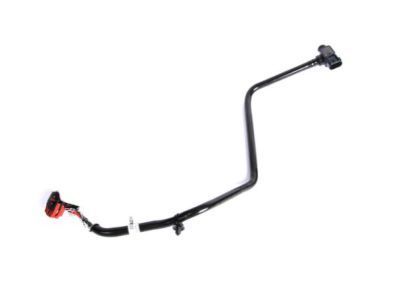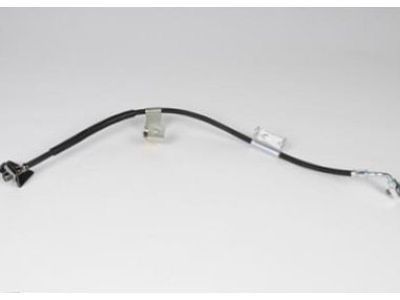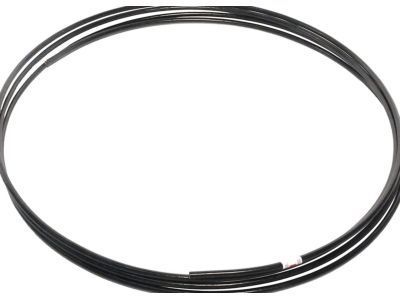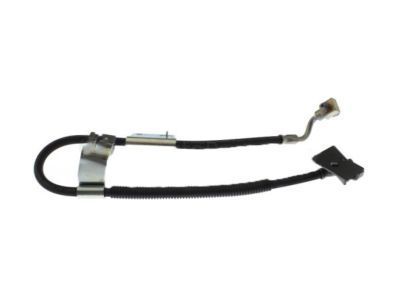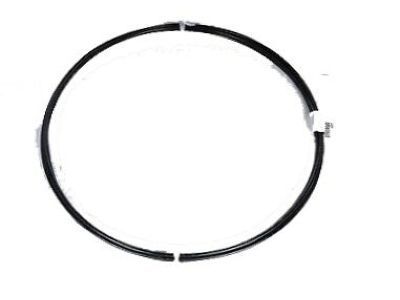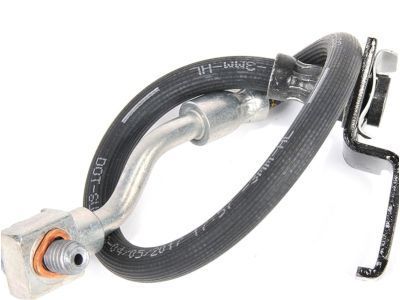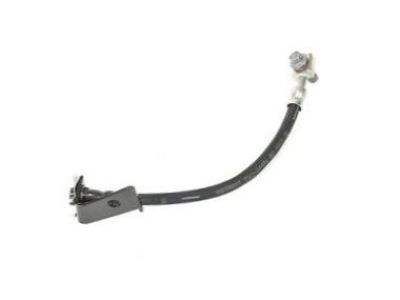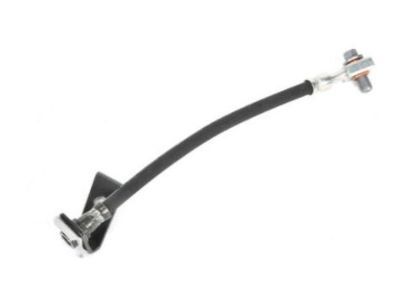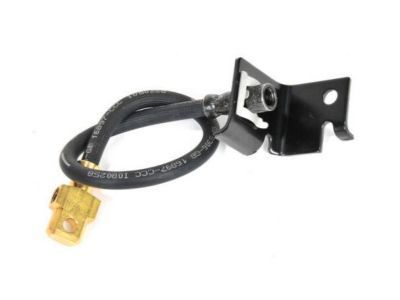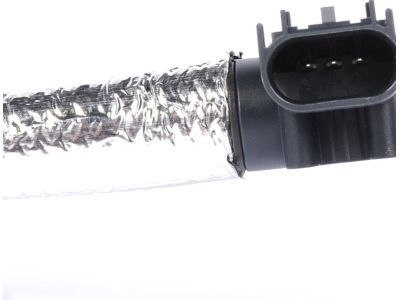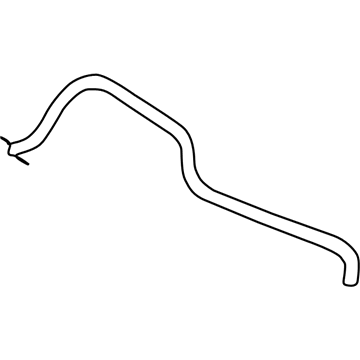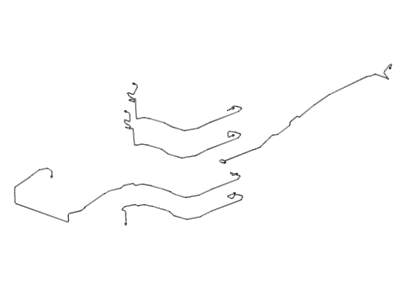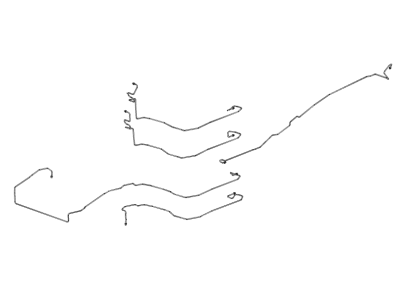My Garage
My Account
Cart
Genuine Cadillac Escalade Brake Line
Brake Hose- Select Vehicle by Model
- Select Vehicle by VIN
Select Vehicle by Model
orMake
Model
Year
Select Vehicle by VIN
For the most accurate results, select vehicle by your VIN (Vehicle Identification Number).
98 Brake Lines found
Cadillac Escalade Pipe Assembly, Power Brake Booster Vacuum
Part Number: 23135228$50.92 MSRP: $99.52You Save: $48.60 (49%)Ships in 1-2 Business DaysCadillac Escalade Hose Asm,Front Brake
Part Number: 19366682$55.87 MSRP: $105.44You Save: $49.57 (48%)Ships in 1-2 Business DaysCadillac Escalade Pipe Asm,Brake (Steel)(1/4" X 16 Ft Roll)
Part Number: 88936298$77.58 MSRP: $153.94You Save: $76.36 (50%)Ships in 1-2 Business DaysCadillac Escalade Hose Asm,Front Brake
Part Number: 19366683$55.23 MSRP: $109.56You Save: $54.33 (50%)Ships in 1-2 Business DaysCadillac Escalade Pipe,Brake
Part Number: 88983905$57.67 MSRP: $114.42You Save: $56.75 (50%)Ships in 1-3 Business DaysCadillac Escalade Hose Asm,Rear Brake
Part Number: 19366703$38.97 MSRP: $70.85You Save: $31.88 (45%)Ships in 1-2 Business DaysCadillac Escalade Hose Asm,Rear Brake
Part Number: 19366704$36.70 MSRP: $68.77You Save: $32.07 (47%)Ships in 1-2 Business DaysCadillac Escalade Hose Asm,Rear Brake
Part Number: 19366659$45.20 MSRP: $89.68You Save: $44.48 (50%)Ships in 1-2 Business DaysCadillac Escalade Pipe Assembly, Power Brake Booster Vacuum
Part Number: 23144638$63.01 MSRP: $117.11You Save: $54.10 (47%)Ships in 1-2 Business DaysCadillac Escalade HOSE ASM,FRT BRK
Part Number: 19435352$34.70 MSRP: $68.82You Save: $34.12 (50%)Ships in 1-2 Business DaysCadillac Escalade Hose Asm,Rear Brake
Part Number: 19366697$32.20 MSRP: $100.82You Save: $68.62 (69%)Ships in 1-2 Business DaysCadillac Escalade HOSE ASM,FRT BRK
Part Number: 19435351$34.68 MSRP: $68.81You Save: $34.13 (50%)Ships in 1-2 Business DaysCadillac Escalade PIPE KIT,BRK
Part Number: 19419097$172.81 MSRP: $314.19You Save: $141.38 (45%)Ships in 1-2 Business DaysCadillac Escalade Hose Assembly, Rear Brake
Part Number: 25906097$61.17 MSRP: $114.63You Save: $53.46 (47%)Cadillac Escalade Hose Assembly, Rear Brake
Part Number: 25906095$63.83 MSRP: $120.45You Save: $56.62 (48%)Ships in 1-2 Business DaysCadillac Escalade Hose Assembly, Rear Brake
Part Number: 25906096$68.12 MSRP: $128.53You Save: $60.41 (47%)Cadillac Escalade PIPE KIT,BRK
Part Number: 19419058$193.69 MSRP: $365.46You Save: $171.77 (47%)Ships in 1-2 Business DaysCadillac Escalade PIPE KIT,BRK
Part Number: 19419104$141.01 MSRP: $497.12You Save: $356.11 (72%)Ships in 1-2 Business Days
| Page 1 of 5 |Next >
1-20 of 98 Results
Cadillac Escalade Brake Line
Cadillac Escalade Brake Line is an important part that transmits the brake fluid from the master cylinder to the brake caliper pistons required for proper working of the hydraulic brakes. Working with a metal brake line consists of experiencing complications of corrosion and impact which then causes leakage of the fluid and loss of pressure. Brake hoses can also get physical and internal wear and tear issues that in a way batter the brakes. When replacement is necessary, pre-bent brake line kits and corrosion resistant stainless steel hoses are used for fixing. Switching from the rubber hockey-puck style hoses to braided stainless steel hoses can give a considerable increase in the direct feel and communication between the driver and the car, particularly under high load or spirited driving conditions.
Each OEM Cadillac Escalade Brake Line we offer is competitively priced and comes with the assurance of the manufacturer's warranty for the part. Furthermore, we guarantee the speedy delivery of your orders right to your doorstep. Our hassle-free return policy is also in place for your peace of mind.
Cadillac Escalade Brake Line Parts Questions & Experts Answers
- Q: How to inspect and replace flexible brake hoses and brake line on Cadillac Escalade?A: Every six months, it is important to inspect the flexible hoses that connect the steel brake lines with the front and rear brake assemblies for any cracks, chafing, leaks, blisters, or other damage. This inspection should be done with the vehicle raised and securely placed on jackstands, using a light and mirror for a thorough check. If any of these defects are found, the hose should be replaced with a new one. To replace the flexible hose, start by cleaning any dirt from the ends of the hose and disconnecting the brake line from the hose fitting. Care should be taken not to bend the frame bracket or line, and penetrating oil can be used if necessary. Next, remove the U-clip from the female fitting at the bracket and remove the hose from the bracket. Remove any mounting fasteners for brackets that secure the hose to other components. If the hose is connected directly to the caliper, disconnect the hose fitting from the caliper by removing the banjo bolt and discard the copper washers on both sides of the fitting. Use new copper washers and attach the new brake hose to the caliper. Route the hose exactly as the original one was and mount any hose brackets that secure the hose to other components. Pass the female fitting through the frame or frame bracket and install the fitting into position with the least amount of twist in the hose. Install the U-clip in the female fitting at the frame bracket and attach the brake line to the hose fitting using a back-up wrench on the fitting. Tighten the lube nut securely. Confirm that the replacement hose follows the same path as the original one to avoid contact with moving suspension or steering components. Finally, bleed the brake lines. When replacing metal brake lines, it is important to use the correct parts and not to use copper tubing. Prefabricated brake lines with flared ends and fittings installed can be used, and if necessary, the line can be carefully bent to the proper shape using a tube bender. During installation, ensure that the new line is well supported in the brackets and has plenty of clearance between moving or hot components. After installation, check the brake fluid reservoir level, add fluid if necessary, bleed the brake system, and confirm that the brakes are fully operational before resuming normal driving.
Related Cadillac Escalade Parts
Browse by Year
2024 Brake Line 2023 Brake Line 2022 Brake Line 2021 Brake Line 2020 Brake Line 2019 Brake Line 2018 Brake Line 2017 Brake Line 2016 Brake Line 2015 Brake Line 2014 Brake Line 2013 Brake Line 2012 Brake Line 2011 Brake Line 2010 Brake Line 2009 Brake Line 2008 Brake Line 2007 Brake Line 2006 Brake Line 2005 Brake Line 2004 Brake Line 2003 Brake Line 2002 Brake Line 2000 Brake Line 1999 Brake Line

